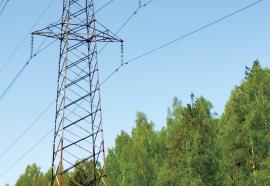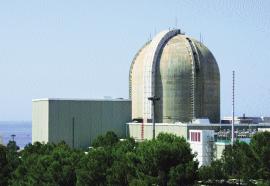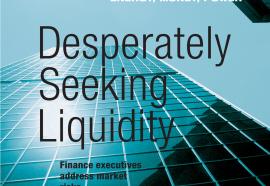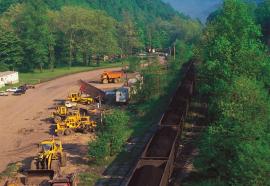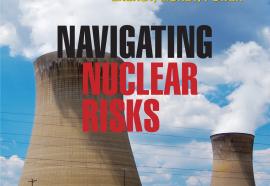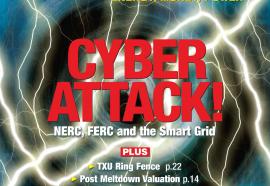Reducing Lifecycle Expenditures
Total cost of ownership accounting optimizes long-term costs.
A large regional utility forfeited significant operating revenues after it replaced pulverizers at several of its coal-fired power plants. Because the replacement pulverizers were sized to operate at 100-percent capacity during operations using the coal typically procured by the utility, upgraded plants had to be derated following a change to lower BTU-rated fuel. If utility decision makers had used a total cost of ownership (TCO) framework, they could have avoided this situation.



